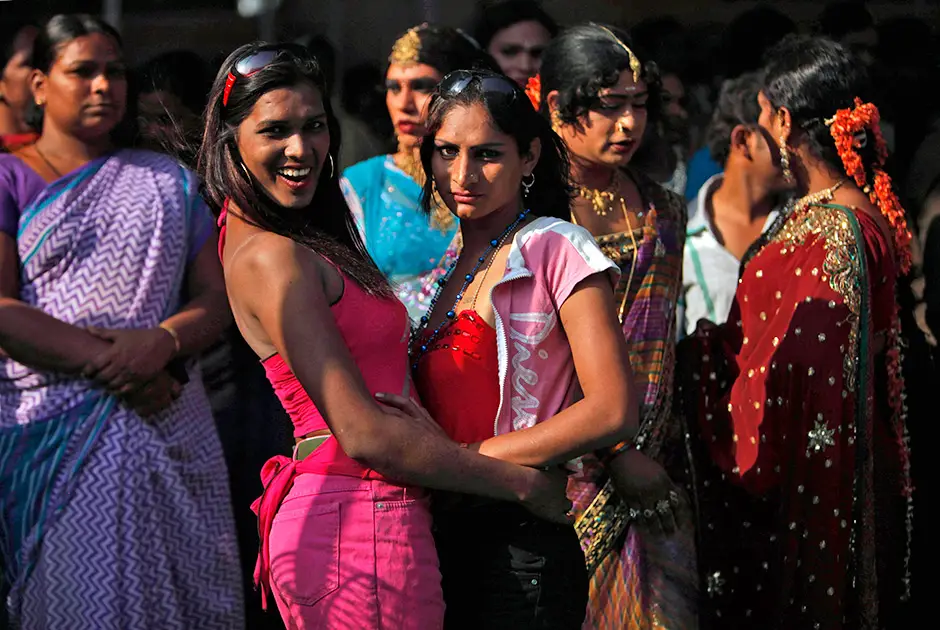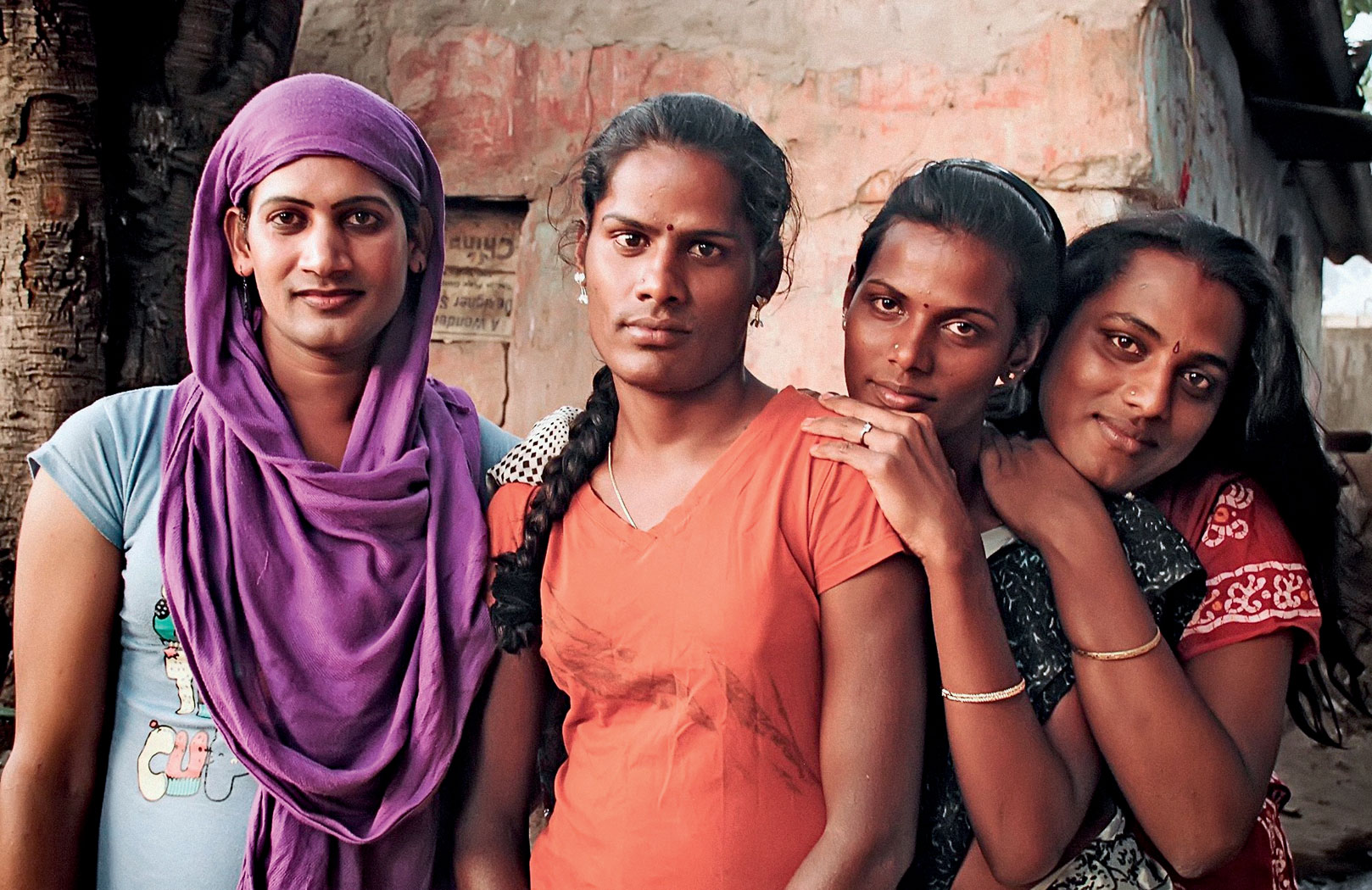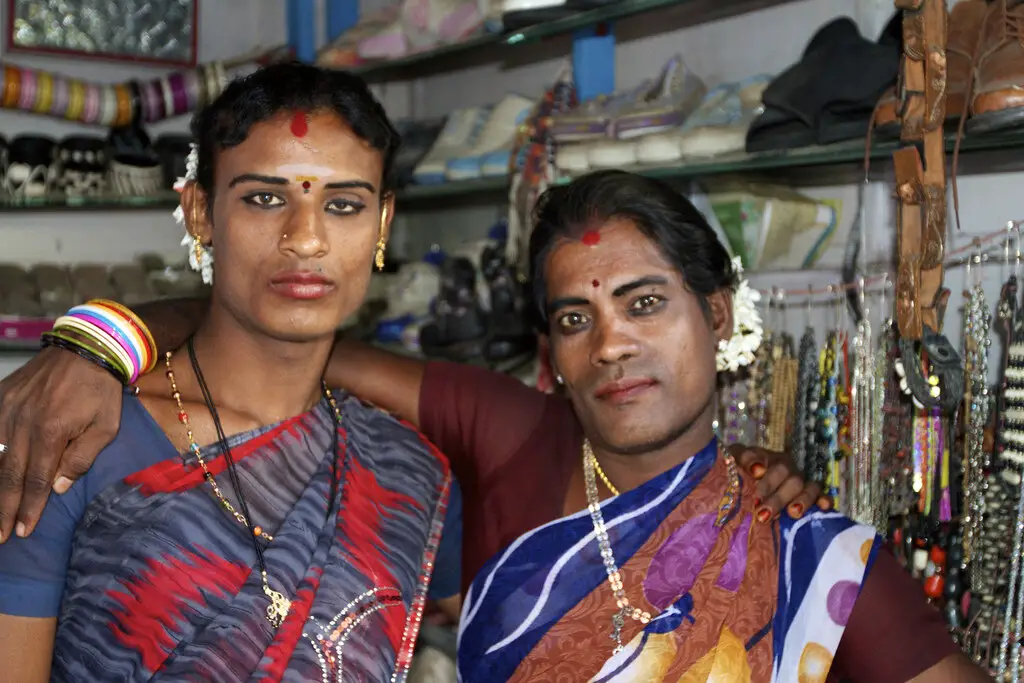Transgender acts in India have been a significant milestone in the fight for transgender rights, but when exactly did they pass? In 2019, the Transgender Persons (Protection of Rights) Act was enacted, recognizing non-binary gender identities and aiming to protect the rights of transgender individuals in various aspects of life, including family, workplace, education, and healthcare. This act marked an important step towards ensuring equal rights and opportunities for the transgender community in India.
However, despite the passage of this act, there still remain significant gaps between the legal rights granted and the actual access to these rights experienced by transgender individuals in India. The act lacks guidelines necessary for substantive access to rights and fails to adequately address the discrimination and abuse faced by non-binary communities. Various changes have been made to the act since its initial formulation in 2014, but critics argue that it imposes burdens on transgender individuals, such as requiring them to register their gender identity with the government and provide proof of gender confirmation surgery for legal recognition.
In addition, the act falls short in addressing important civil rights and social security benefits, as well as the absence of quotas for transgender people in education and employment. These gaps have led to opposition and protests from the transgender community in India who believe that the act is regressive and a setback to their rights and progress.

Overall, while the transgender acts in India have brought some positive change, there is a pressing need to bridge the gap between legal rights and the actual access to rights for transgender individuals in the country. Continued efforts are required to ensure comprehensive protection, inclusivity, and equality for the transgender community in India.
Understanding the Transgender Persons (Protection of Rights) Act
The Transgender Persons (Protection of Rights) Act, passed in 2019, has been a significant step towards safeguarding transgender rights in India. This landmark legislation recognizes non-binary gender identities and aims to protect transgender individuals’ rights in various sectors including family, workplace, education, and healthcare.
The act includes provisions that address important aspects of transgender rights, such as the right to self-identified gender identity, protection against discrimination, and access to welfare schemes and healthcare services. It also mandates the establishment of dedicated welfare committees to address the specific needs of transgender communities. These provisions reflect a growing recognition of the rights and dignity of transgender individuals in India.
However, despite the positive intentions of the Transgender Persons (Protection of Rights) Act, there are still significant gaps between the legal rights granted by the legislation and the actual access to rights experienced by the transgender community. Critics argue that the act lacks the necessary guidelines to ensure substantive access to rights and does not adequately address the discrimination and abuse faced by non-binary communities.
Moreover, the act has faced opposition from transgender individuals who view it as regressive and a setback to their rights and progress. Some argue that the act imposes burdens on transgender individuals, such as the requirement to register their gender identity with the government and provide proof of gender confirmation surgery to obtain legal recognition. Furthermore, the act fails to address important civil rights and social security benefits and does not provide quotas for transgender people in education and employment.
To bridge the gap between legal rights and actual access to rights, there is a need for further dialogue and consultation with transgender communities in India. It is crucial to consider their perspectives and experiences to ensure that future legislation effectively protects their rights and promotes their inclusion in all aspects of society, free from discrimination and marginalization.
| Key Provisions of the Transgender Persons (Protection of Rights) Act |
|---|
| Recognition of the right to self-identified gender identity |
| Protection against discrimination in various sectors |
| Access to welfare schemes and healthcare services |
| Establishment of dedicated welfare committees |
Evolving Legislation and Criticisms
The transgender legislation in India has undergone several changes since its inception in 2014, but it still faces criticisms and limitations. The Transgender Persons (Protection of Rights) Act passed in 2019 aimed to recognize non-binary gender identities and protect the rights of transgender individuals in various aspects of life, including family, workplace, education, and healthcare. However, significant gaps persist between the legal rights granted by the act and the actual access to those rights experienced by the transgender community in India.
One of the main criticisms is the lack of clear guidelines that would ensure substantive access to rights for transgender individuals. The act fails to address the discrimination and abuse faced by transgender communities, leaving them vulnerable to social stigma and exclusion. Critics argue that the act imposes burdens on transgender individuals, such as requiring them to register their gender identity with the government and provide proof of gender confirmation surgery to obtain legal recognition.

Another area where the legislation falls short is the absence of important civil rights and social security benefits for transgender individuals. The act does not provide specific quotas for transgender people in education and employment, limiting their opportunities for advancement. This lack of inclusive policies hinders the progress and integration of the transgender community into society.
The passage of the Transgender Persons (Protection of Rights) Act has faced opposition from the transgender community in India, who view it as regressive and a setback to their rights and progress. Activists and advocates continue to fight for comprehensive legislation that addresses the concerns and needs of transgender individuals, ensuring equality, dignity, and full participation in society. Bridging the gap between legal rights and actual access to rights is crucial for the advancement of transgender rights in India.
| Key Criticisms of Indian Transgender Legislation |
|---|
| Imposes burdens on transgender individuals for legal recognition |
| Lacks clear guidelines for substantive access to rights |
| Does not adequately address discrimination and abuse |
| Excludes important civil rights and social security benefits |
| Fails to provide quotas for transgender people in education and employment |
Challenges and Gaps in Transgender Rights
Despite the passage of transgender acts in India, there are still significant challenges and gaps in the legal recognition and access to rights for transgender individuals. The Transgender Persons (Protection of Rights) Act, passed in 2019, aimed to recognize non-binary gender identities and protect the rights of transgender people in various facets of life, including family, workplace, education, and healthcare. However, many argue that the act falls short of addressing the diverse needs and experiences of the transgender community.
One of the main criticisms of the act is the lack of guidelines that would ensure substantive access to rights. Without clear guidelines, the act can leave transgender individuals in a state of uncertainty, making it difficult for them to fully exercise their rights. Additionally, the act fails to adequately tackle the discrimination and abuse faced by non-binary communities, which can have a significant impact on their daily lives and overall well-being.
Furthermore, critics argue that the act imposes burdensome requirements on transgender individuals, such as the need to register their gender identity with the government and provide proof of gender confirmation surgery for legal recognition. These requirements limit the accessibility of rights for many transgender individuals, especially those who cannot or choose not to undergo such surgeries. Moreover, the act neglects to address crucial civil rights and social security benefits, as well as the lack of quotas for transgender people in education and employment, further hindering their inclusion and progress.

Since its inception in 2014, the act has undergone several changes, but these amendments have not fully addressed the concerns and needs of the transgender community. In fact, the passage of the act has been met with opposition and protests from transgender individuals themselves, who perceive it as regressive and a setback to their rights and progress. It is clear that there is a pressing need to bridge the gap between the existing legal rights and the actual access to rights for transgender individuals in India, ensuring their comprehensive protection and inclusion in all aspects of society.
Conclusion
The passage of transgender acts in India marks a significant milestone for transgender rights, but there is still work to be done in ensuring true equality and access to rights for the transgender community. The Transgender Persons (Protection of Rights) Act, passed in 2019, recognizes non-binary gender identities and aims to protect transgender individuals’ rights in various aspects of life, including family, workplace, education, and healthcare.
However, despite the legal recognition, there are significant gaps between the rights granted by the act and the actual access to those rights experienced by the transgender community in India. The act lacks the necessary guidelines to ensure substantive access to rights, leaving many transgender individuals struggling to navigate the complex system and obtain the protections they deserve.
Furthermore, the act falls short in addressing the discrimination and abuse faced by non-binary communities. Critics argue that it imposes burdens on transgender individuals, such as requiring them to register their gender identity with the government and provide proof of gender confirmation surgery to obtain legal recognition. This not only violates their right to self-identification but also reinforces harmful stereotypes and perpetuates stigmatization.
In addition, the act fails to address crucial civil rights and social security benefits for transgender individuals, leaving them vulnerable and marginalized. There is a lack of quotas for transgender people in education and employment, hindering their access to equal opportunities and economic stability.
Despite the passage of the act, opposition and protests from the transgender community in India continue. Many view it as regressive and a setback to their rights and progress. It is clear that there is a pressing need to bridge the gap between legal rights and actual access to rights for transgender individuals in India.
True equality and meaningful change can only be achieved through comprehensive legislation that addresses the concerns and challenges faced by the transgender community. It is vital to listen to the voices of those affected, collaborate with advocacy groups, and work towards a society that respects and upholds the rights of all individuals, regardless of their gender identity.